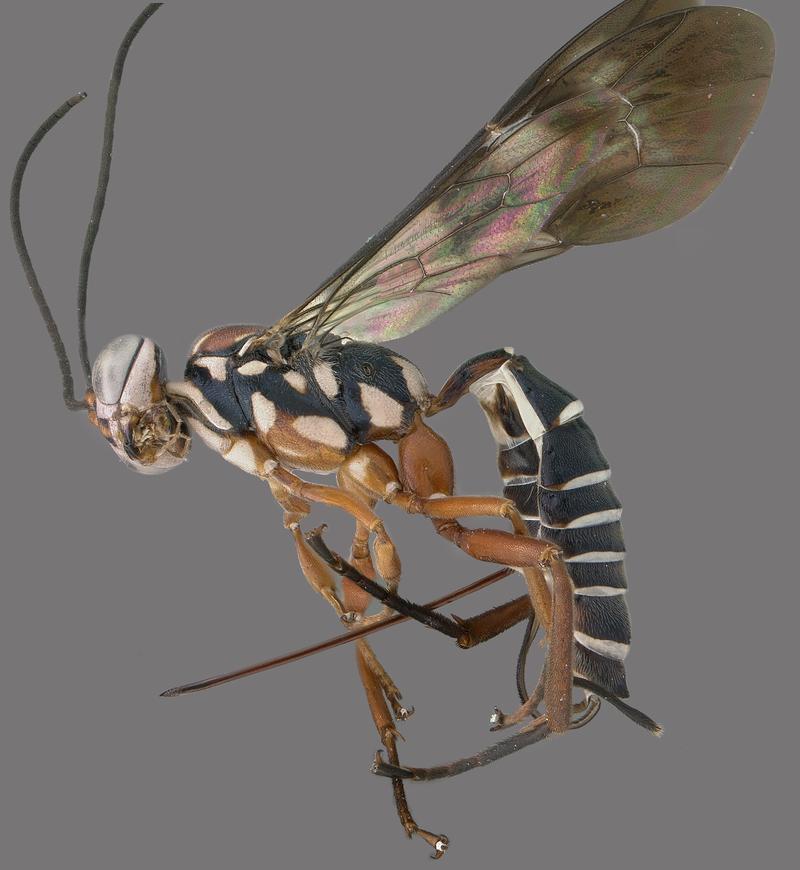 Hypothesis
Hypothesis
After Naming 92 Species, Taxonomist Says, 'I Want to Know Them All'

What have you done since 2008?
Bernardo Santos, a graduate student at the American Museum of Natural History's Richard Gilder Graduate School, has named 92 new species in that time.
The first one was a parasitic wasp from South America, Distictus aurantium, which can be found in the Brazilian Atlantic Forest. (Santos is from Brazil.) Since then, he's identified new species at the average rate of 11 to 12 a year. His specialty is wasps.
"I think it's very important for us to know what's in our own planet," he said. "I'm very passionate about biological diversity."
Many of the new species Santos has named came not from the field, but from the vast collections held in back rooms at museums like the American Museum of Natural History. He compares those specimens against existing descriptions of other named species. But, since many of those were recorded before the invention of the Internet, or even photography, that can sometimes pose a significant challenge.
"In many cases these species were described based on you know, three lines of the text saying, you know, black body, red legs, from South America," Santos said. "That's as deep as it goes."
So he has to find that very specimen that was described, to see it for himself. And that can mean a lot of travel.
Once Santos is sure he has something unique, he submits his finding, and the location of the specimen he's describing, to a peer-reviewed journal for publication. "That's it," he said. "As long as it's published it's a species."
Except that's not it. Before he can write the paper, he has to come up with the name for his species. The names are no longer required to be in Latin, but there still are a lot of rules of nomenclature.
Naming species also requires creativity. After a recent discovery, Santos longed to break away from the traditionally descriptive names. "I wanted to find a name that was interesting, that was cool," he said. "I thought about going around asking people you know like at the wine shop, or doing some sort of Buzzfeed article, or some online poll or something."
Instead he sought out children in a school in his Washington Heights neighborhood and let them name his find. They chose "La Luz Brilliante," or "brilliant light," which became, when the genus was added, "Necolinoceras laluzbrillante."
Santos continues to marvel at the richness of the earth, and how much is left to discover.
"We ended up getting to know so much about outer space and what's in other planets and so on," he said, "and a lot of what we have here we don't know yet."
